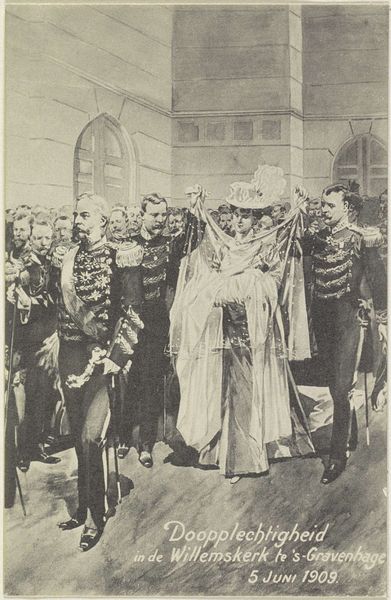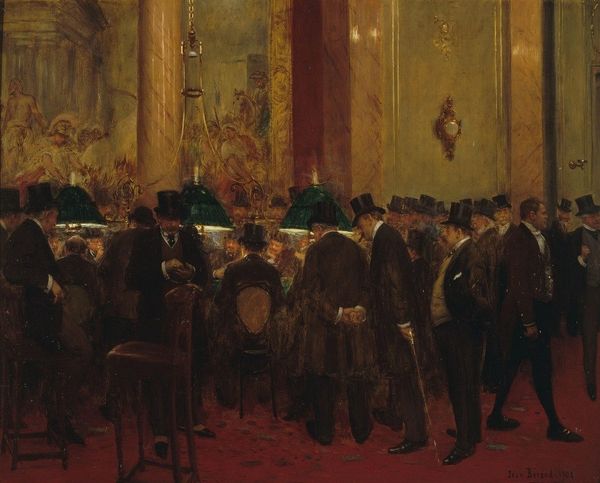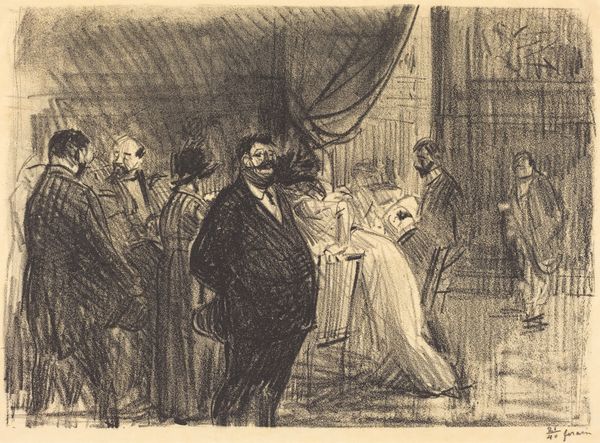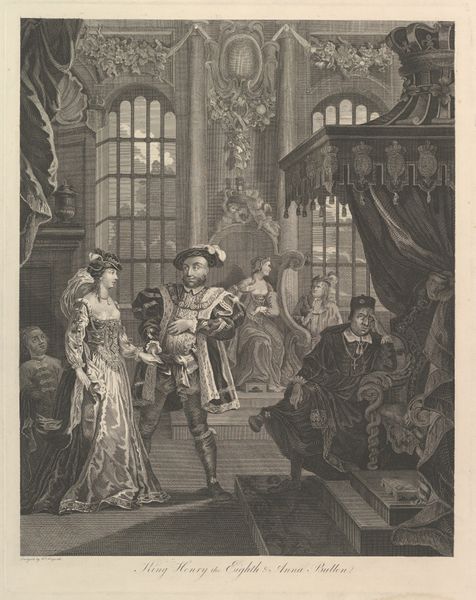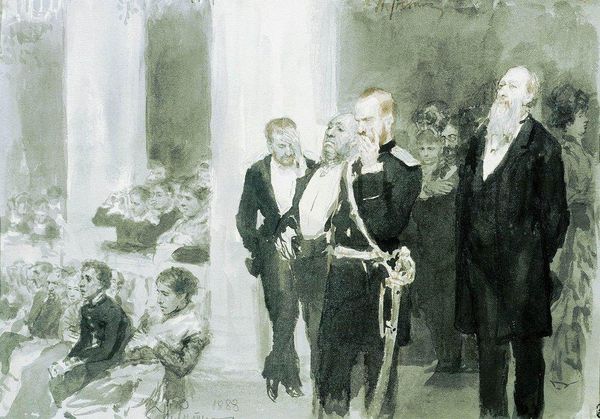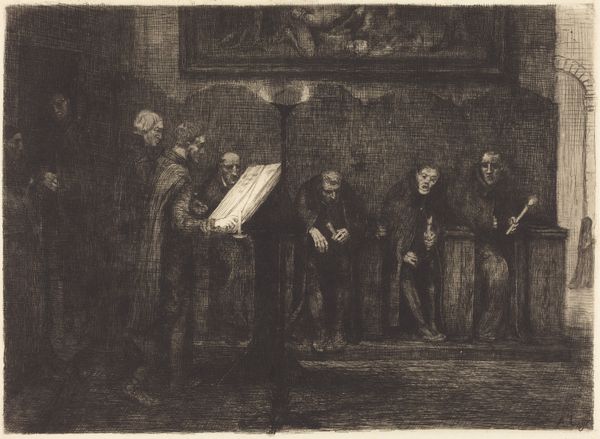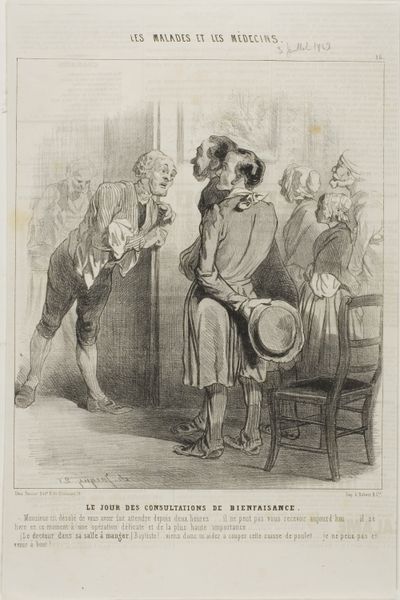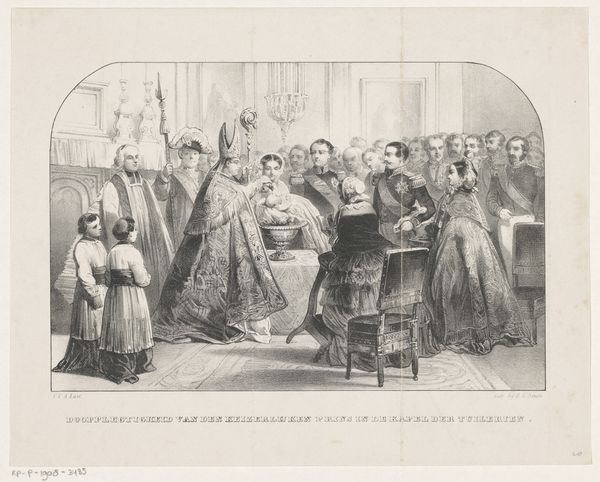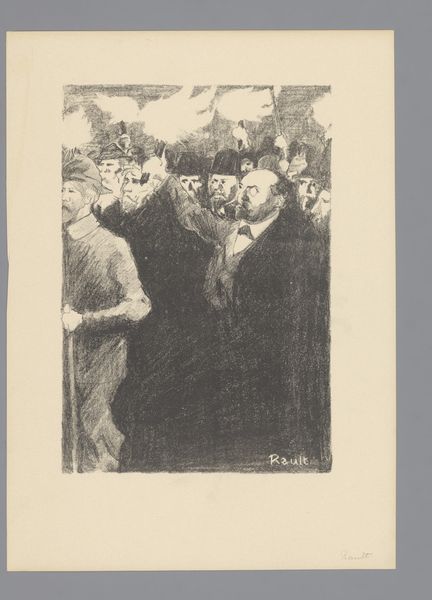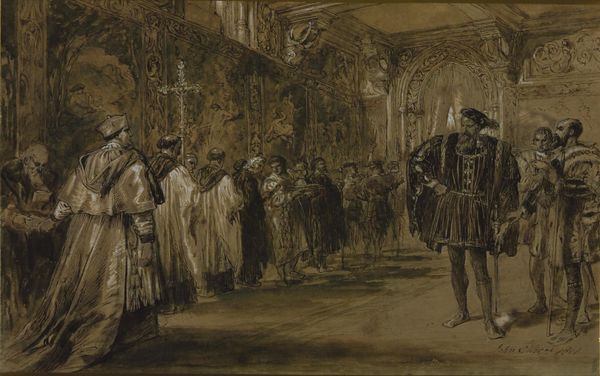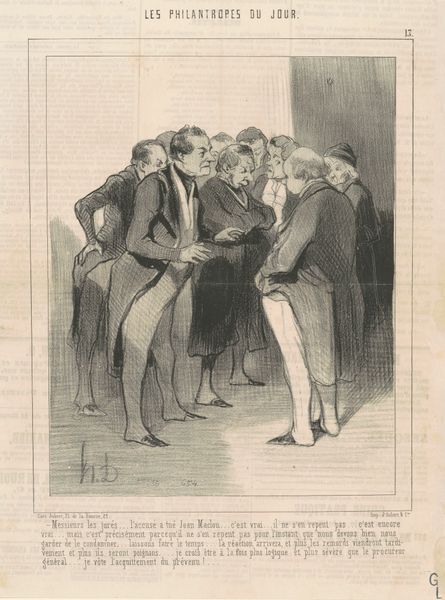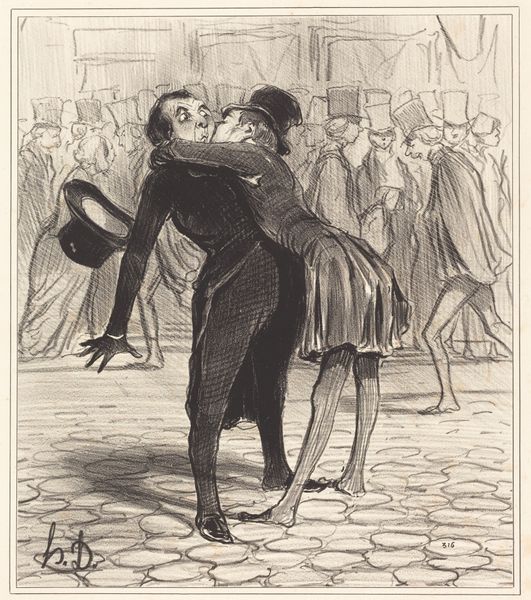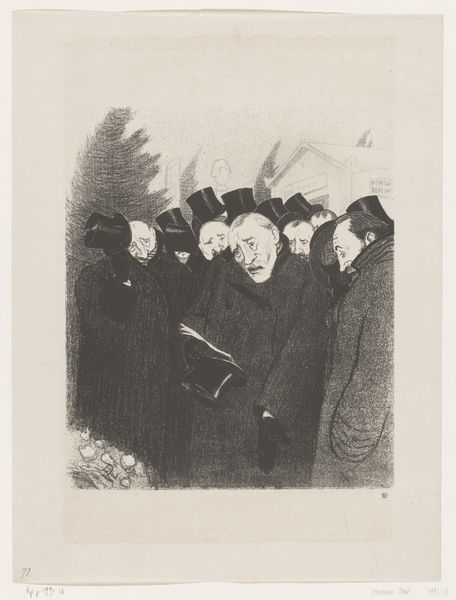
The Execution of the Emperor Maximilian (L'exécution de Maximilien) 1868
0:00
0:00
drawing, print, etching, fumage, engraving
#
drawing
#
narrative-art
# print
#
etching
#
fumage
#
soldier
#
cultural celebration
#
men
#
history-painting
#
engraving
#
sword
Dimensions: Image: 13 3/8 x 17 1/4in. (34 x 43.8cm) Sheet: 17 1/2 x 23 3/4in. (44.5 x 60.3cm)
Copyright: Public Domain
Curator: Looking at Edouard Manet's etching, engraving, and fumage work, "The Execution of the Emperor Maximilian," created in 1868, it immediately strikes me as a study in contrasts. The crisp lines depicting the firing squad stand in stark opposition to the chaotic swirls suggesting smoke. Editor: The way Manet uses line and darkness is gripping. This print embodies the horrors of imperialist intervention. One cannot help but consider this piece a form of resistance through visual representation, foregrounding the violence enacted upon Maximilian, a puppet emperor installed by French interests in Mexico. Curator: Exactly, Manet was incredibly preoccupied with depicting current events—particularly fraught ones—using modern materials. Consider the relatively new processes of etching and engraving alongside the innovative use of fumage, essentially using smoke to create tone, allowing him to achieve this incredible textural depth using these fairly industrial reproductive media. The materials speak directly to his contemporary moment, yet the composition invokes historical painting traditions. Editor: The use of reproducible media is an interesting point. This democratizes access to imagery previously only available to an elite audience, turning political dissent into a commodity circulating through mass culture. One can observe the power dynamics embedded within this representation. The soldiers are shown en masse, seemingly without faces, thereby devoid of individuality. This, contrasted with the specificity offered to Maximilian, directs our sympathy and allows one to comprehend Manet's stance on power, violence, and sacrifice. Curator: Note, also, the flatness and starkness—it does seem deliberately designed to distance itself from the romantic glorification that typically went with such depictions. This, for me, amplifies the tragedy and underlines its modern reality. The print, itself, becomes an object of consumption, available for viewing beyond the typical Salon exhibition. Editor: By creating a readily available print, Manet bypassed censorship. The layered identities within this image allow it to be used to critique both the failures of Napoleon III’s regime as well as more broadly exploring post-colonial and revolutionary themes still relevant in our era. Curator: Looking closer, one gets a real sense of the material layering. It creates such a striking image, a powerful use of available media and means for expressive, artistic, and social impact. Editor: Absolutely. Manet repurposes material realities and reproductive methods to present an enduring socio-political critique through the print's very being and widespread circulation.
Comments
No comments
Be the first to comment and join the conversation on the ultimate creative platform.
